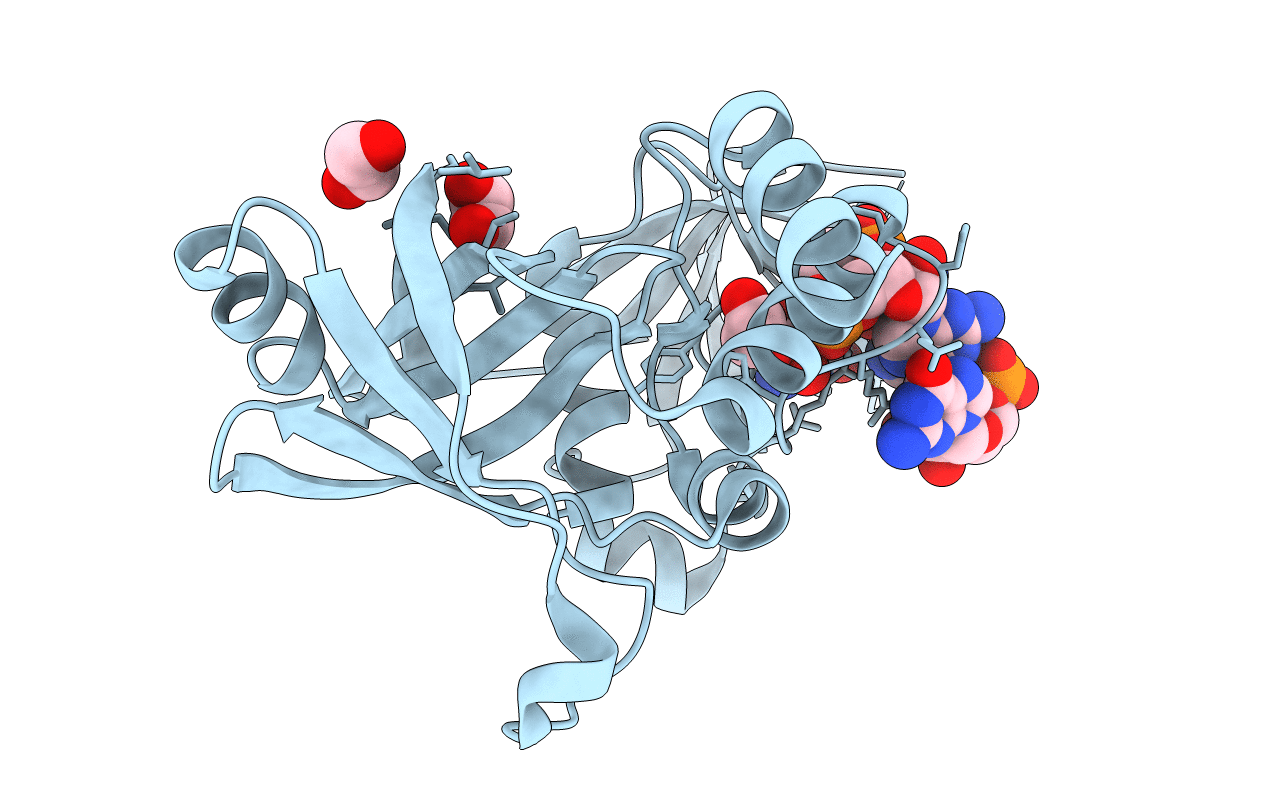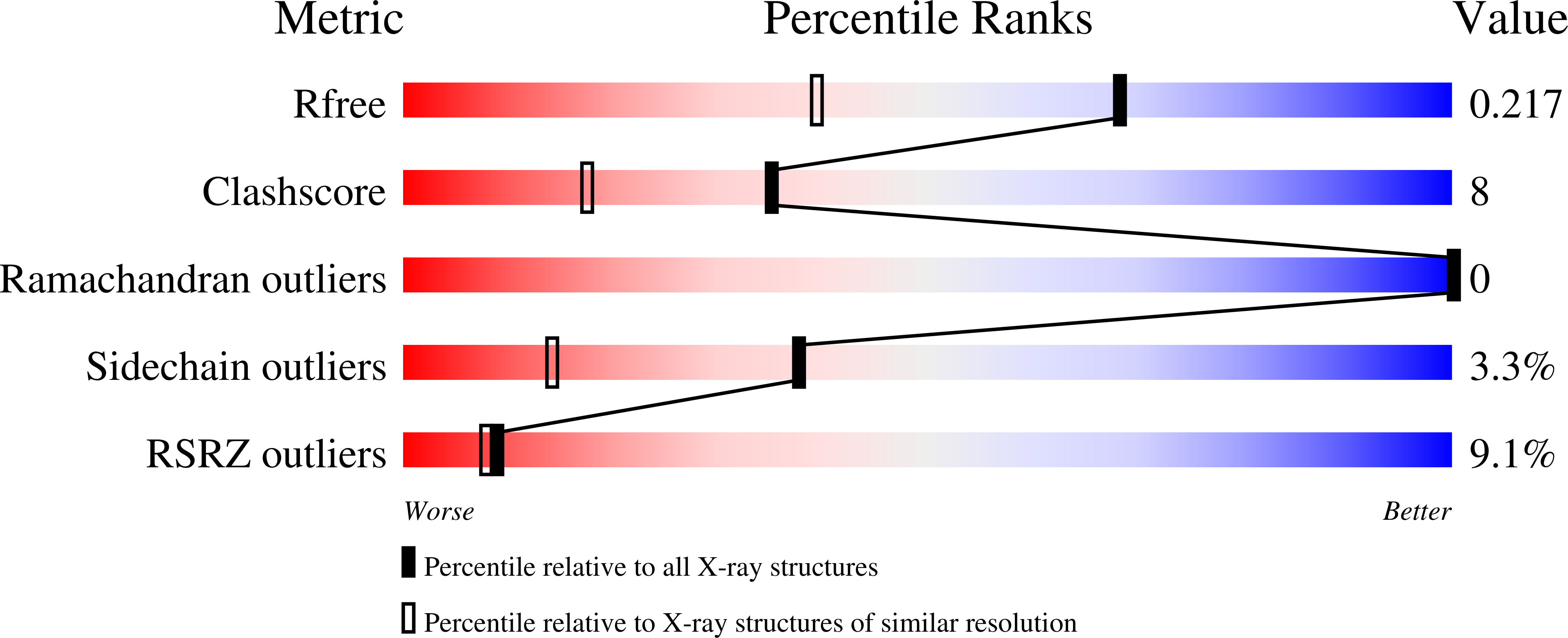
Deposition Date
2021-04-16
Release Date
2021-06-30
Last Version Date
2024-05-22
Entry Detail
PDB ID:
7MIE
Keywords:
Title:
Crystal structure of the Borreliella burgdorferi PlzA protein in complex with c-di-GMP
Biological Source:
Source Organism:
Borrelia burgdorferi (Taxon ID: 139)
Host Organism:
Method Details:
Experimental Method:
Resolution:
1.60 Å
R-Value Free:
0.21
R-Value Work:
0.19
R-Value Observed:
0.19
Space Group:
P 1 21 1


